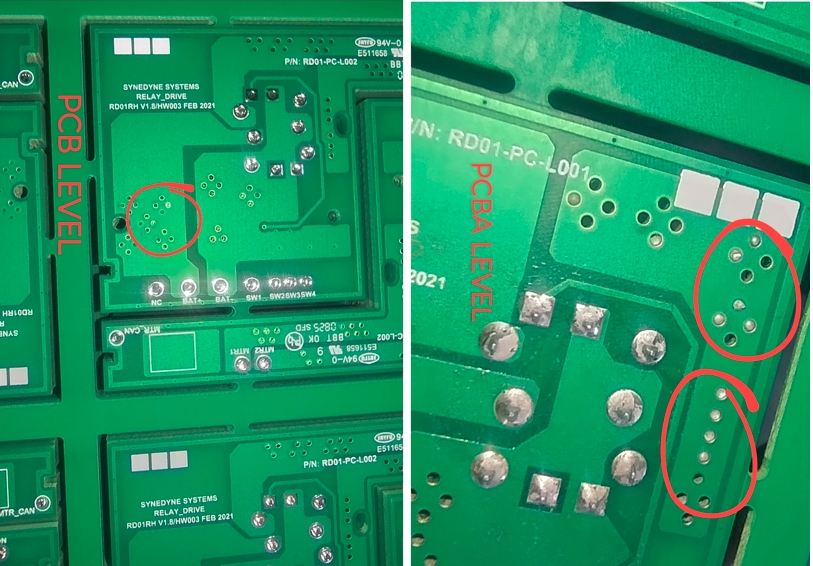Automotive FR4 PCB its production standards are directly related to the safety and reliability of vehicles. So it is necessary to meet the strict requirements in extreme environments, and to follow professional standards from material selection to process control.
Automotive PCB Design Specification: Balancing High Precision and Complexity
The design of automotive PCB is based on millimeter level accuracy, with line width/spacing controlled below 0.0762mm to ensure the integrity of high-speed signal transmission.
Multi layer board structure (such as 8-16 layers) has become a standard configuration for autonomous driving domain controllers, reducing signal interference and improving system response speed through compact wiring. Impedance control error is strictly limited within ± 5% than will avoid signal distortion parameter deviation.
Automotive FR4 PCB Manufacturing process: from inner layer treatment to surface strengthening
The production process begins with the production of the core board, eliminating dust hazards by cleaning the copper-clad board to ensure that there is no risk of short circuits in the circuit.
The inner layer layout transfer adopts photosensitive film technology, which forms precise lines through UV curing and etching; The laminating process needs to control the flow of resin to prevent interlayer misalignment from affecting signal stability.
The surface treatment adopts immersion gold or nickel palladium plating process to enhance the corrosion resistance of the solder pad and meet the requirements of more than 1000 temperature cycle tests.
Reliability testing: from laboratory to real road conditions
Automotive PCBs need to be validat through multiple environmental simulations, including high temperature and humidity, mechanical vibration, and salt spray testing, to ensure stable performance under temperature differences of -40 ℃ to 125 ℃.
The strict implementation of the RoHS directive limits the content of harmful substances such as lead and mercury, ensuring the environmental friendliness and long-term durability of products. The application of digital monitoring technology has significantly reduced the defect rate compared to the industry average.
Technology Trend: Innovation drives industry upgrading
High frequency high-speed transmission technology optimizes the real-time processing capability of autonomous driving data, while thermal management solutions (such as metal substrates) effectively solve the heat dissipation problem of high-power equipment.
The popularity of rigid flex boards and flexible boards provides flexible layout solutions for electronic modules with limited space.
The production standards for automotive PCBs are a fusion of precision engineering and reliability, and their strict specifications not only support the development of intelligent driving technology, but also promote continuous innovation in the entire automotive electronics industry.
